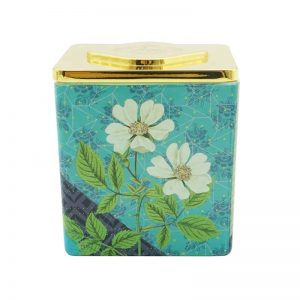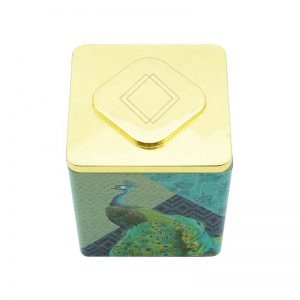Opacity
In addition to the deteriorating reaction of food, light can also cause changes in protein and amino acids. Vitamin C is more likely to interact with other food ingredients when exposed to light, resulting in a large amount of loss. According to research and analysis, the loss of vitamin C in clear glass bottled milk is 14 times higher than that of dark bottled milk. Light can also produce oxidative odors, as well as the cleavage of nuclides and methionine to lose nutritional value. The opacity of tinplate makes the preservation rate of vitamin C the highest.
Good tightness
The barrier properties of packaging containers to air and other volatile gases are very important for the preservation of nutrients and sensory quality. Comparison of various juice packaging containers proves that the oxygen transmission rate of the container directly affects the browning of juice and the preservation of vitamin C; metal cans, glass bottles, aluminum foil laminates, and cartons with low oxygen transmission rate can preserve vitamin C It is better, and among them, the iron can is the best.


















